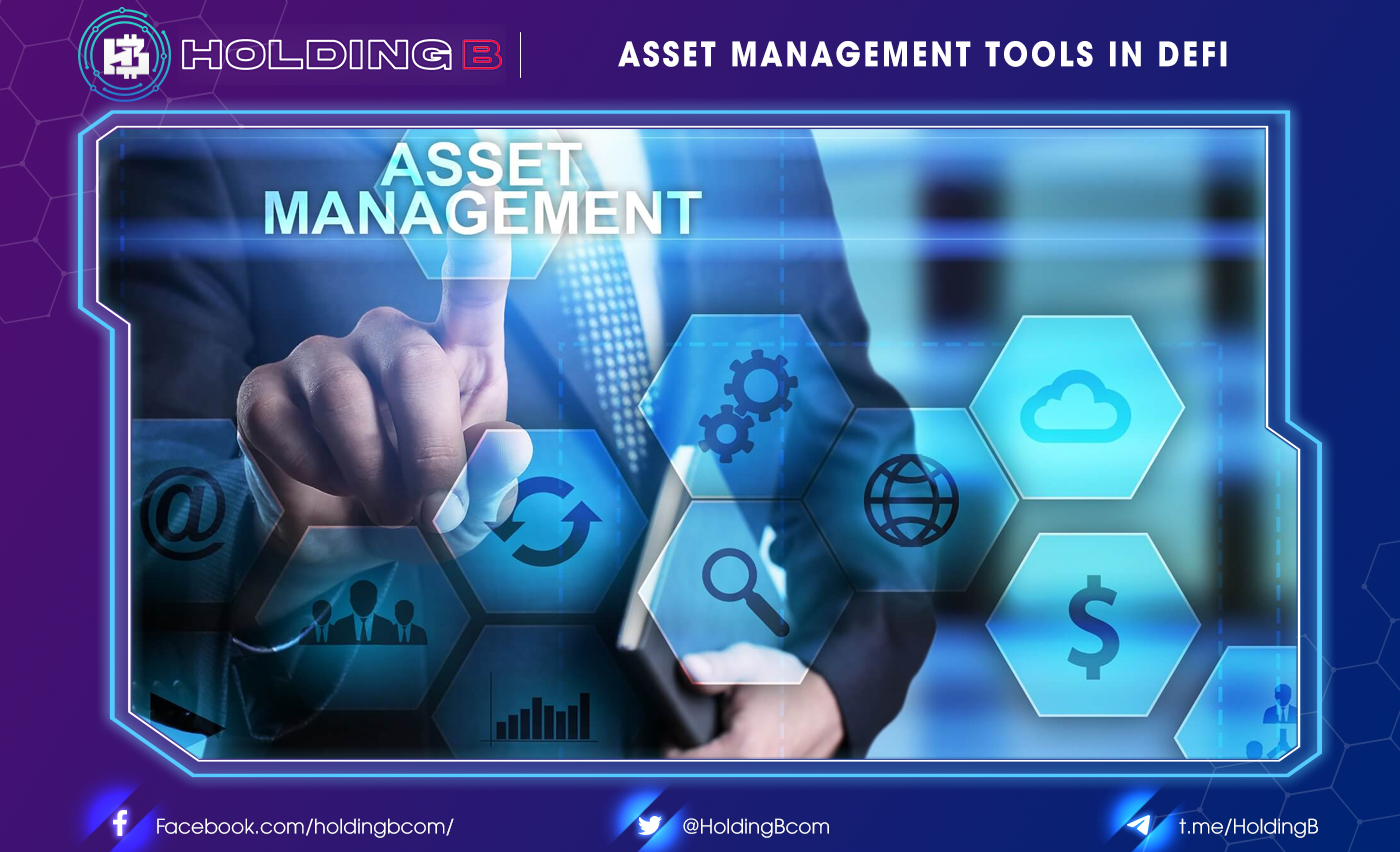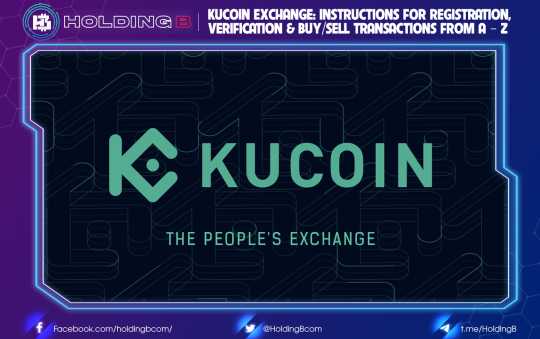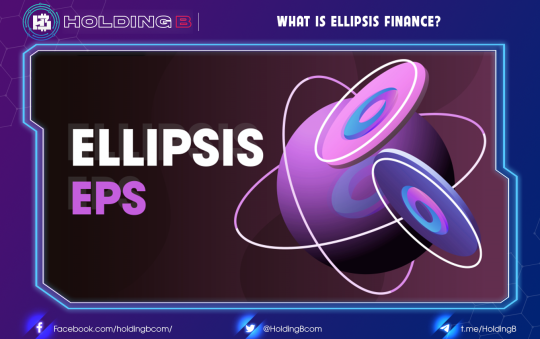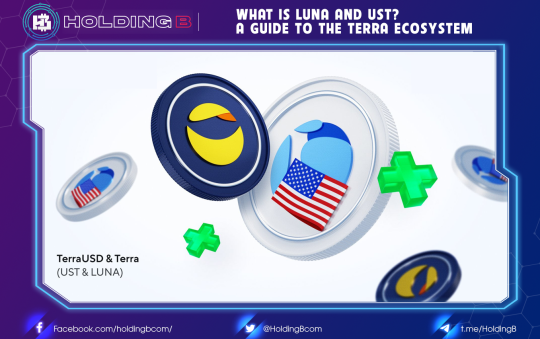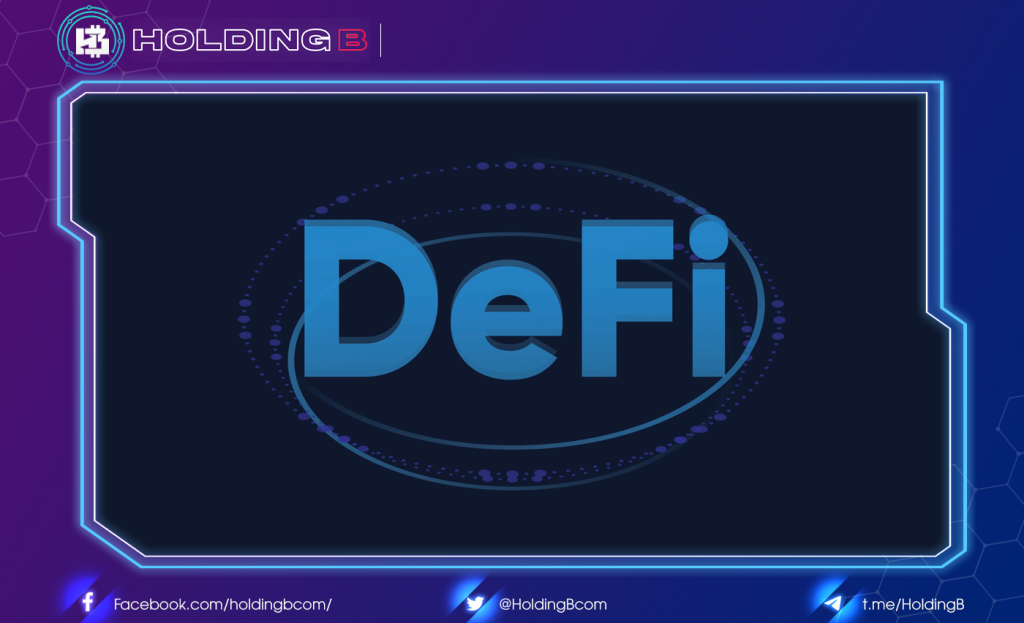
Decentralized finance has become one of the most interesting interventions for the financial world. It has completely changed the way people interact with financial services, with the vision of facilitating financial inclusion for all. Applications of decentralized finance, or DeFi, in asset management have attracted the attention of many well-known financial media outlets.
However, the rapid growth of the DeFi ecosystem has also spurred many asset management tools to come into existence. As a result, it can be quite difficult to choose among the DeFi asset management tools.
Why do you need a DeFi Asset Management Tool?
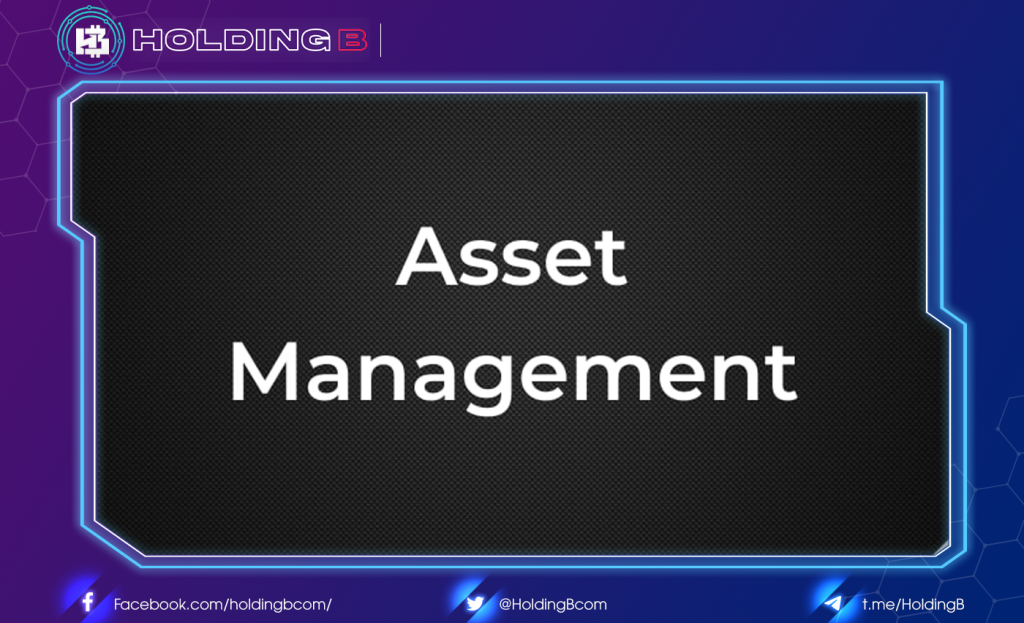
The number of projects based on the DeFi protocol has increased in recent times with innovative financial products. The various tools for monitoring, managing, and hedging through a collection of different DeFi projects are certainly commendable. They have proved successful for various projects in the areas of lending, derivatives, and decentralized exchanges. With the benefits of a trustless environment, aggregability or interoperability, and transparency, decentralized wealth management tools can change the traditional meaning of asset management.
Here are some must-have aspects that you should include in your wealth management products.
- Composability
Well-known asset management projects provide the facility to connect to many types of DeFi projects, thus enabling a seamless DeFi experience.
- Pseudo-anonymity
Asset management products for DeFi can connect by leveraging wallet addresses. Users have the option to share their identity if they wish, or to remain anonymous.
- Non-custodial
The best DeFi asset management tools do not imply revocation of ownership of the underlying assets. The assets continue to reside in the used wallet.
- Global accessibility
The most important feature of DeFi’s wealth management tools is their flexible reach, regardless of tax bracket or location.
- Automation
There is a constantly growing number of property management tools that feature automation. As a result, they can seamlessly enable collateralization, liquidation, and rebalancing without user interaction.
Top DeFi Asset Management Tools
The first thing that comes to mind when thinking about DeFi asset management tools is digital wallets. Additionally, apps that focus on crypto-asset portfolio management are also among the top entries that come to mind when thinking about wealth management tools. However, these solutions have several important obstacles. You don’t need to worry about these pitfalls as you can opt for the following asset management tools for DeFi.
Set Protocol

The Set Protocol helps users take advantage of modern trading strategies through the purchase of ERC20 tokens, known as sets. The platform features an aggregation of various automated trading strategies in a detailed list.
The detailed listing features rebalancing possibilities in line with various technical indicators and trends, such as the Relative Strength Index and Moving Averages. The ‘set and forget’ option in this protocol provides convenience to the users as sets can be automatically rebalanced in accordance with their target strategy. As a result, passive investors have the opportunity to capitalize on market trends without actively participating in trades.
Zerion
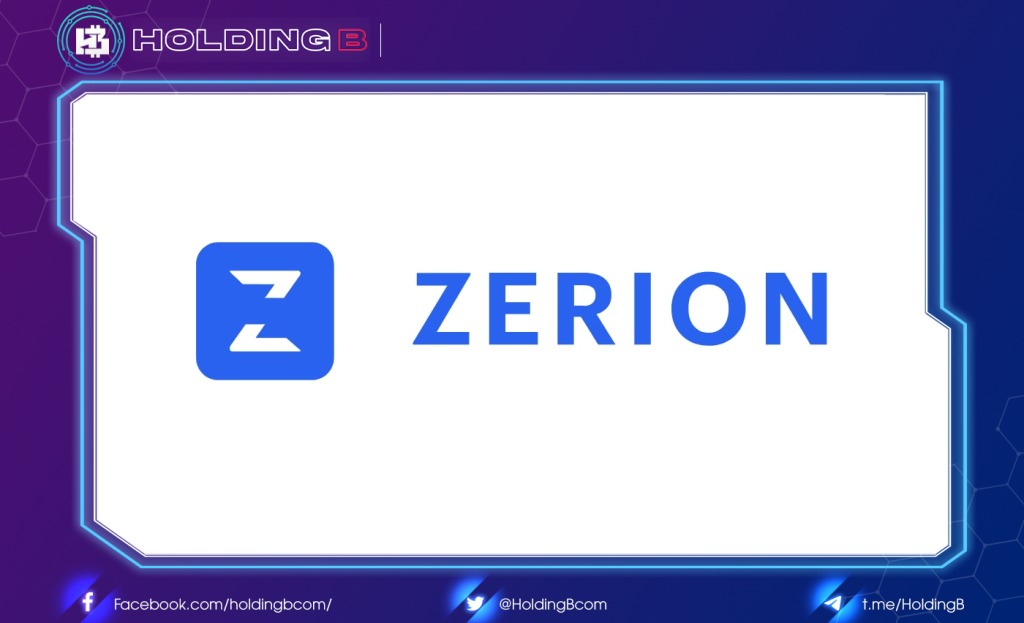
Zerion provides a unified dashboard for faster tracking of where content is located across different DeFi products. The dashboard provides important features that establish the reliability of the tracking features in Zerion.
Users can take advantage of the dashboard to access savings, exchange, invest, and borrow features with some notable products in the DeFi scene. Zerion’s effectiveness is evident in its support base for various web3 wallets and its uncustodial nature. As a result, users do not have to deposit their assets into the platform as Zerion only tracks the location of the assets in the wallet.
DeFi Saver

The platform allows investors to secure ideal regulation of their asset position on the basis of pre-determined proportions. The DeFi Saver can perform sales and purchase functions to maintain the desired rate in the event of market movement and increased leverage.
The most prominent feature of DeFi Saver is the integration facility of different wallets, protocols, and exchanges. The DeFi Saver supports wallets like Coinbase, Trezor, and ImToken. Exchanges supported on the DeFi Saver include Uniswap, Kyber, and 0x.
Interestingly, it also supports some notable DeFi protocols, such as Compound, Aave, and Maker. The DeFi Saver is unique when compared to other DeFi asset management tools, facilitating the connection of human asset managers in a decentralized way. In contrast, the DeFi Saver represents a new type of decentralized asset management tool featuring full automation.
Gnosis
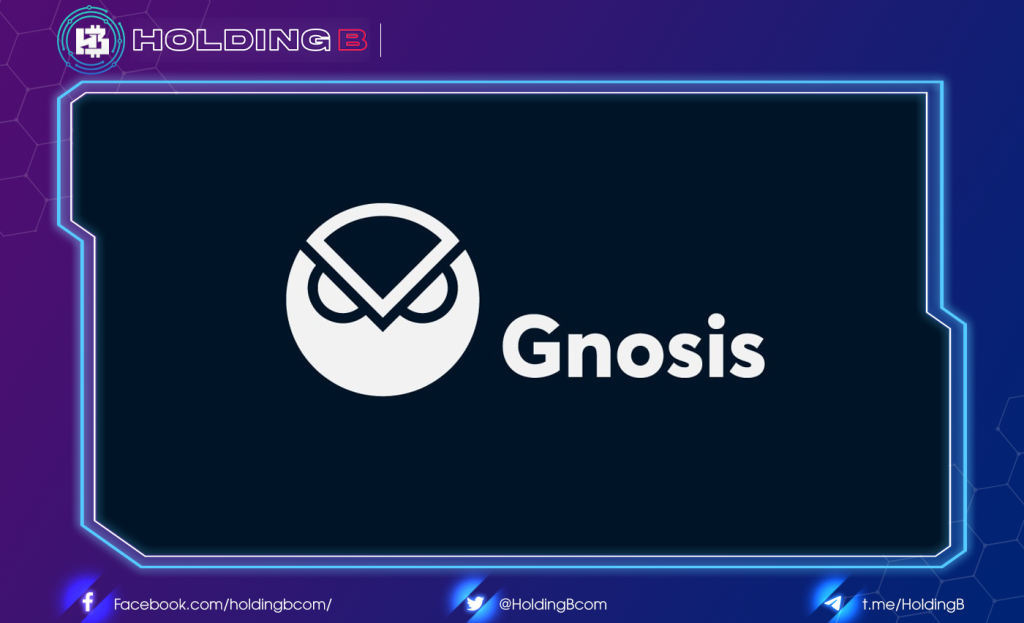
Many DeFi asset management tools are not capable of serving group asset management. Gnosis fills the gap by serving as an asset management platform specifically designed for individuals wishing to manage crypto assets as a team. In addition, Gnosis also includes support for individual investors.
Gnosis is one of DeFi’s leading asset management tools as it offers diverse functionalities to its users. It allows storing, investing, and trading crypto assets, along with supporting flexible access to a wide range of DeFi applications. In addition to asset management functions, Gnosis also supports business-oriented users through services such as payroll management.
dHEDGE
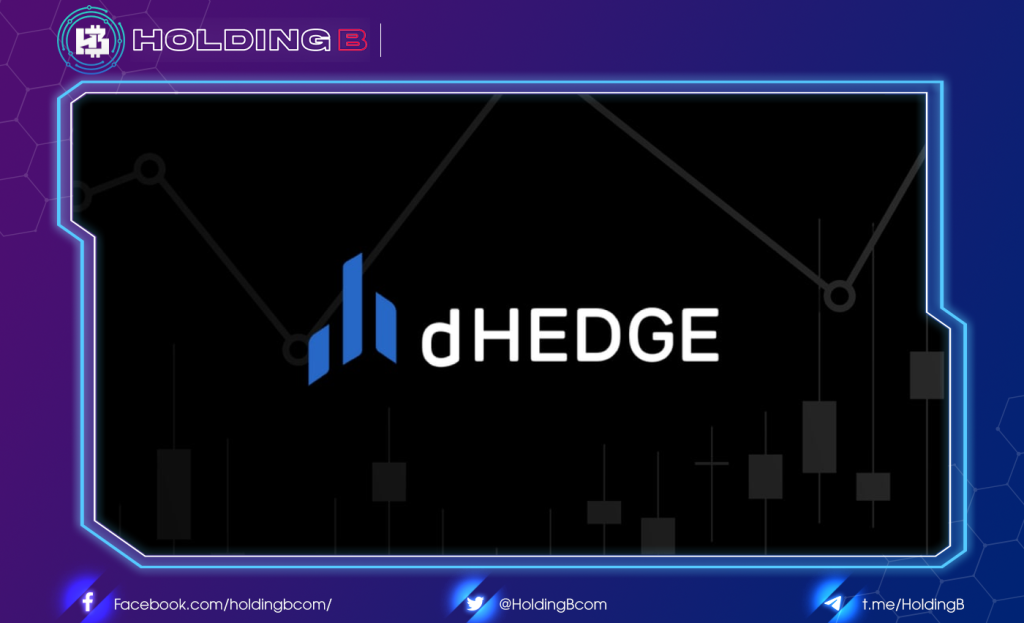
dHEDGE is actually a decentralized asset management protocol with integration with Synthetix. The platform allows investors to seamlessly connect with asset managers. It can connect investors with some of the world’s top investment managers via the Ethereum blockchain.
The protocol and connected platforms focus on transparency as a promising benefit regarding decentralized asset management. Investors can easily access the track record of asset managers with exceptional transparency before putting their capital into dHEDGE.
Most importantly, users can view the asset manager’s performance through the dHEDGE platform leaderboard. Furthermore, it also includes a “Performance Mining” feature that provides rewards to users for investing in profitable pools on the platform. DHT token holders are responsible for addressing governance concerns in dHEDGE.
Yearn.finance
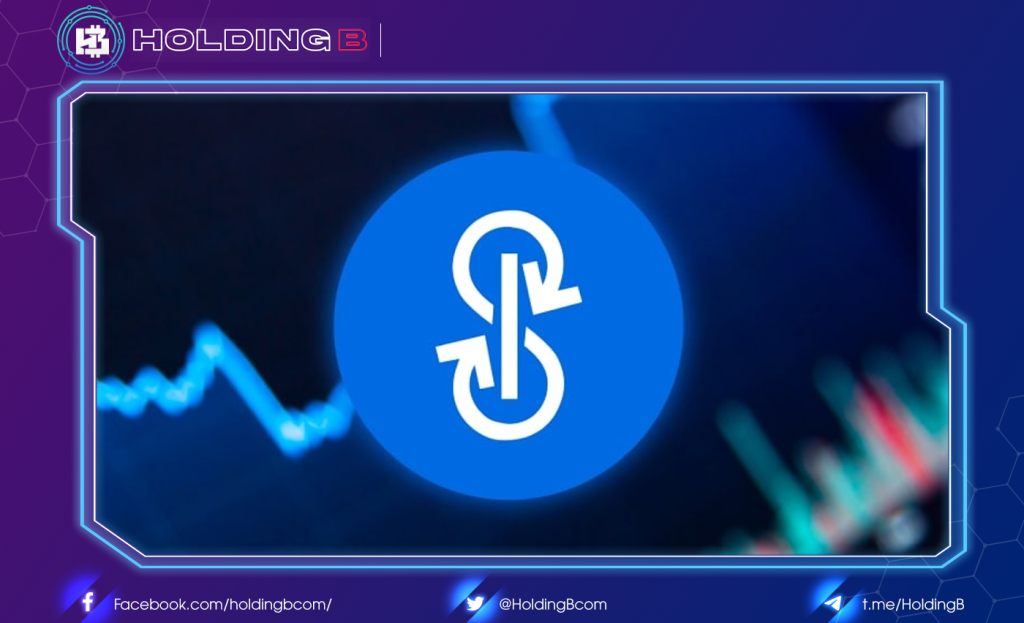
Yearn.finance is one of the most popular and preferred suites for decentralized financial products. The notable product in the portfolio of Yearn.finance for wealth management refers to vaults that help investors invest their capital.
The capital is then put into investment through various unique strategies that are tailored to provide the maximum return on asset deposits. At the same time, the strategies are also designed to reduce the risks associated with asset management. The most important advantage of vaults is the freedom from the transaction costs associated with individual transactions, facilitated through the pooling of investors’ assets.
See ya in the next article !
Don’t forget to follow useful articles about Crypto Market from team Holding B !!!
- Telegram Channel: https://t.me/HoldingBcom
- Telegram Group: https://t.me/HoldingB
- Website: https://holdingb.com/
- Twitter: https://twitter.com/HoldingBcom
- Facebook: https://www.facebook.com/holdingbcom

